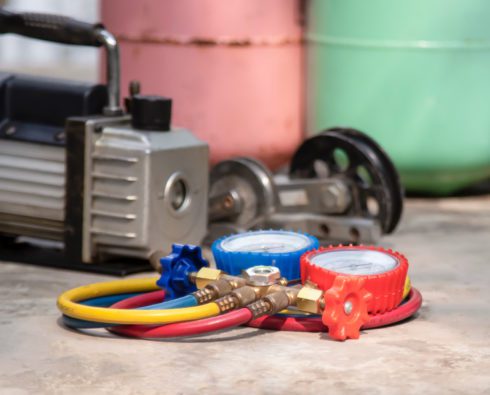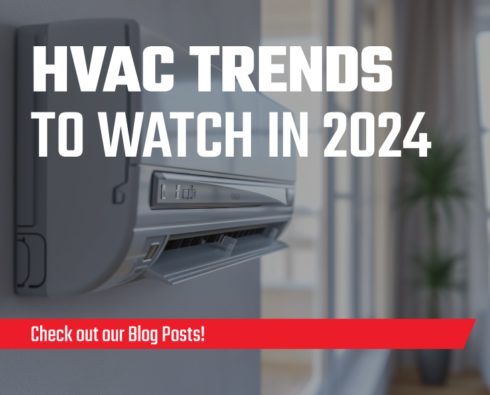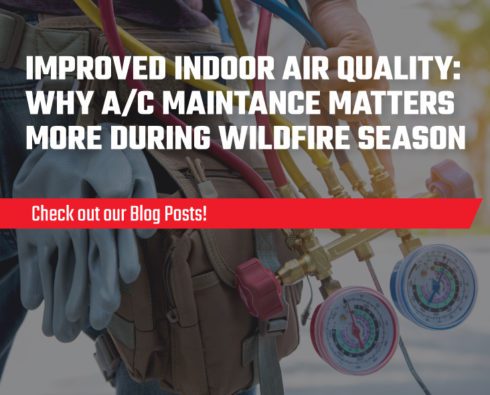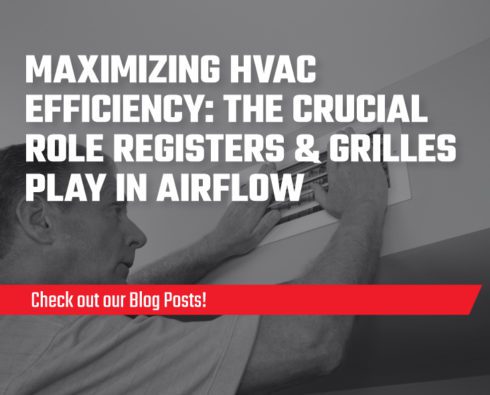
Pre-Summer HVAC Tune-Ups: Essential Checklist for Contractors
With a forecast of another year of extreme weather, ensuring that your clients’ HVAC systems are prepared for the heat is crucial as summer approaches. This comprehensive checklist will guide you through the necessary pre-summer tune-up steps, offering practical advice to keep systems running efficiently.
Inspect & Clean Components: Filters, Coils, and Fins
Filters: Check and replace air filters as needed. A clean filter improves airflow and system efficiency. If running MERV-compliant filters, switching to a lower number can reduce the strain on a conventional AC system.
Coils: Clean both evaporator and condenser coils to prevent dirt and debris buildup, which can decrease system efficiency and increase energy costs. Use a commercial coil cleaner and thoroughly rinse to avoid residue buildup.
Fins: Inspect and straighten bent fins using a fin comb. Bent fins can restrict airflow, reducing a system’s ability to cool the air effectively.
If the coils get older, running a leak test using dye can reveal problems before they get serious.
Test System Controls and Thermostats
System controls: Check that all system controls, including start-up and shut-off sequences, function correctly. Ensure the HVAC cycles as expected without any unexpected shutdowns or continuous operation.
Thermostats: Test thermostat accuracy by comparing the set temperature and room temperatures. Consider recommending smart thermostats to clients for better energy management and scheduling.
Check and Adjust Refrigerant Levels
Checking levels: Ensure refrigerant levels match manufacturer recommendations. Too much or too little refrigerant can lead to inefficient operation and increased energy costs.
Handling leaks: If refrigerant pressure has dropped or there are other signs of leaks, check using a leak detector. If the coils are repairable, seal any leaks found and recharge the system to the manufacturer’s recommendations. Always handle refrigerants with care and comply with environmental regulations, and if in doubt, discuss options for replacement of the unit.
Common Issues: Clogged Drainage Lines
Inspect and clear HVAC drainage lines, as blockages can lead to backup overflow and water damage. Use a stiff wire or a specialized drain line brush to remove obstructions and ensure clear flow.
Customer Tips: Benefits of Regular Maintenance
Educate your customers: Explain the benefits of regular HVAC maintenance, such as extending the system’s life, improving energy efficiency, and reducing emergency repair costs.
Upsell maintenance contracts: Encourage clients to sign up for regular maintenance contracts. Outline how these can help prevent unexpected failures and maintain system efficiency, potentially saving money on energy bills. No one wants their cooling system to fail at peak demand during a heatwave!
Following this checklist prepares you to provide excellent service and helps ensure your clients’ HVAC systems operate efficiently throughout the summer. Regular maintenance is key to system longevity and client satisfaction. By taking proactive steps now, you can avoid emergency calls during peak season and build lasting relationships with your clients.






































